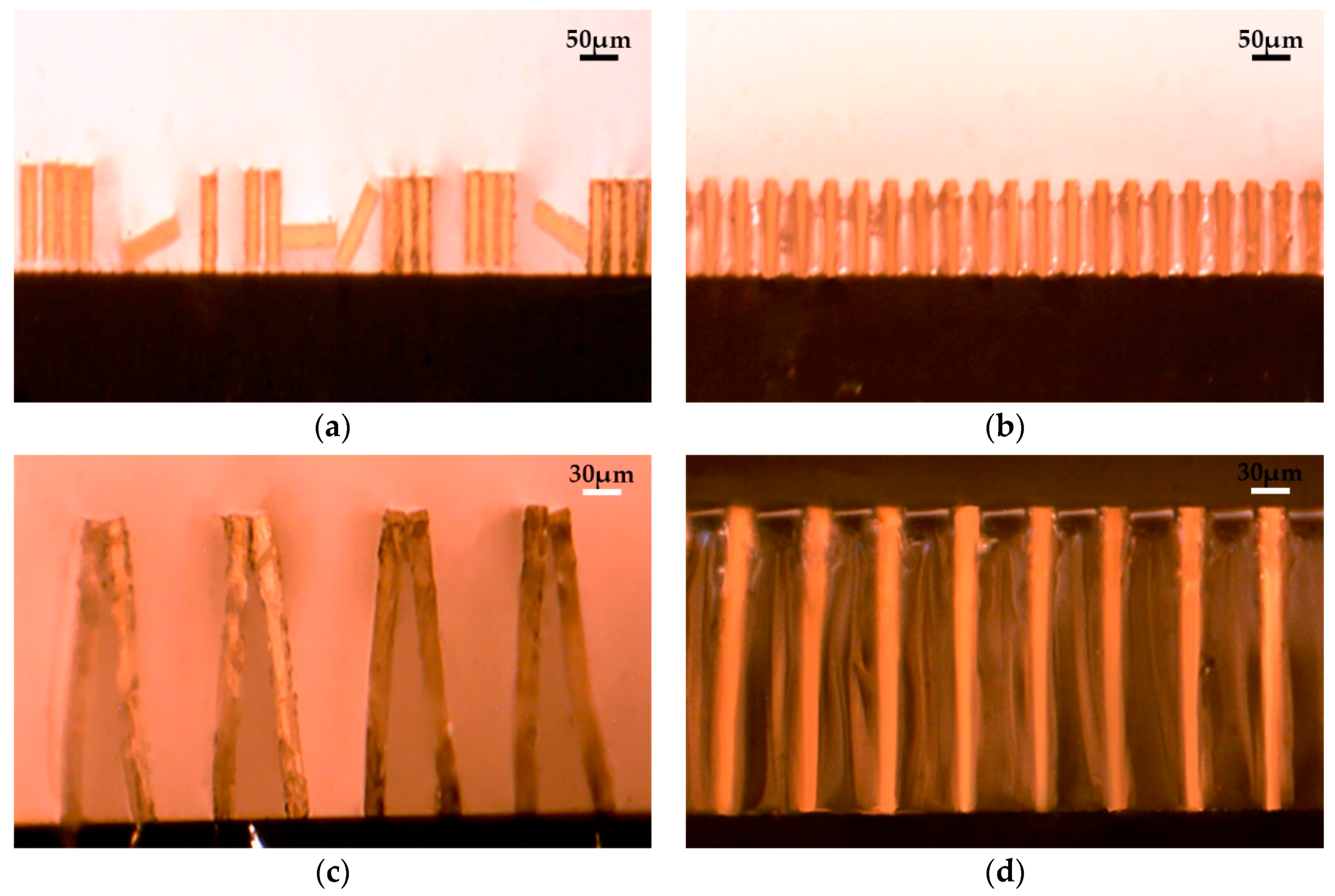

Observers also performed one of two secondary tasks, on stimuli that were interleaved with the plaid. Effects of contrast adaptation on orientation, known as tilt aftereffects (TAEs), were measured using a plaid pattern. In our experiments, observers adapted to a high contrast grating. While short-term effects of task on basic visual processing have been reported, it is unknown whether it can affect the longer-term processes of visual adaptation. Here, we test this hypothesis, by examining whether task can affect the visual system’s adaptive state.

Is adaptation controlled in a way that considers these effects of task? If so, adaptation should depend on not just the environment to which the visual system is exposed, but also on what observers are doing within that environment. Thus, the net effects of adaptation on performance can be more or less beneficial, depending upon what tasks are being performed. For example, despite harming detection, contrast adaptation can aid performance on visual search tasks, by increasing the salience of targets that differ from the adapter. These negative effects arise in part because adaptation that is beneficial for some tasks can be detrimental for others. Contrast adaptation can also cause differently oriented gratings to appear tilted several degrees away from their true orientation (the tilt aftereffect, e.g., ). And in classical work on contrast adaptation, exposure to a high contrast grating can cause detection thresholds for similar gratings to more than double (e.g., ). In the motion aftereffect, for example, prolonged viewing of a moving pattern may cause a physically stationary object to incorrectly appear as if it is moving (e.g., ). It is not difficult, however, to find situations where adaptation actually harms performance on a given task. A paradigmatic case is dark adaptation, where exposure to low light levels engages a number of processes that allow us to see well in dim lighting. Visual exposure to an environment produces changes in visual function that improve neural efficiency and/or perceptual performance, via processes collectively known as visual adaptation. Adaptation may attempt to optimize vision with respect to many different criteria simultaneously task is likely one of the criteria included in this process. These results suggest that the control of adaptation, in this case its decay, is sensitive to the nature of the task the observer is performing. Tilt-aftereffects were smaller when subjects concurrently performed the grating task than when they performed the fixation task. Identical displays containing both a fixation spot and a grating were used for both tasks. The other secondary task involved judging a low contrast grating, and adaptation was expected to make this task difficult by reducing the visibility of the grating. One task involved judging the luminance of a small circular spot at fixation, and was expected to be unaffected by adaptation. Observers adapted to high contrast grating patterns, and the decay of adaptation was measured using a version of the tilt-aftereffect, while they performed two different secondary tasks. Two experiments tested whether this is the case. It is currently unknown, however, whether adaptation is affected by the particular task the observer performs within that environment. The visual system optimizes its functioning for a given environment through processes collectively called adaptation.


 0 kommentar(er)
0 kommentar(er)
